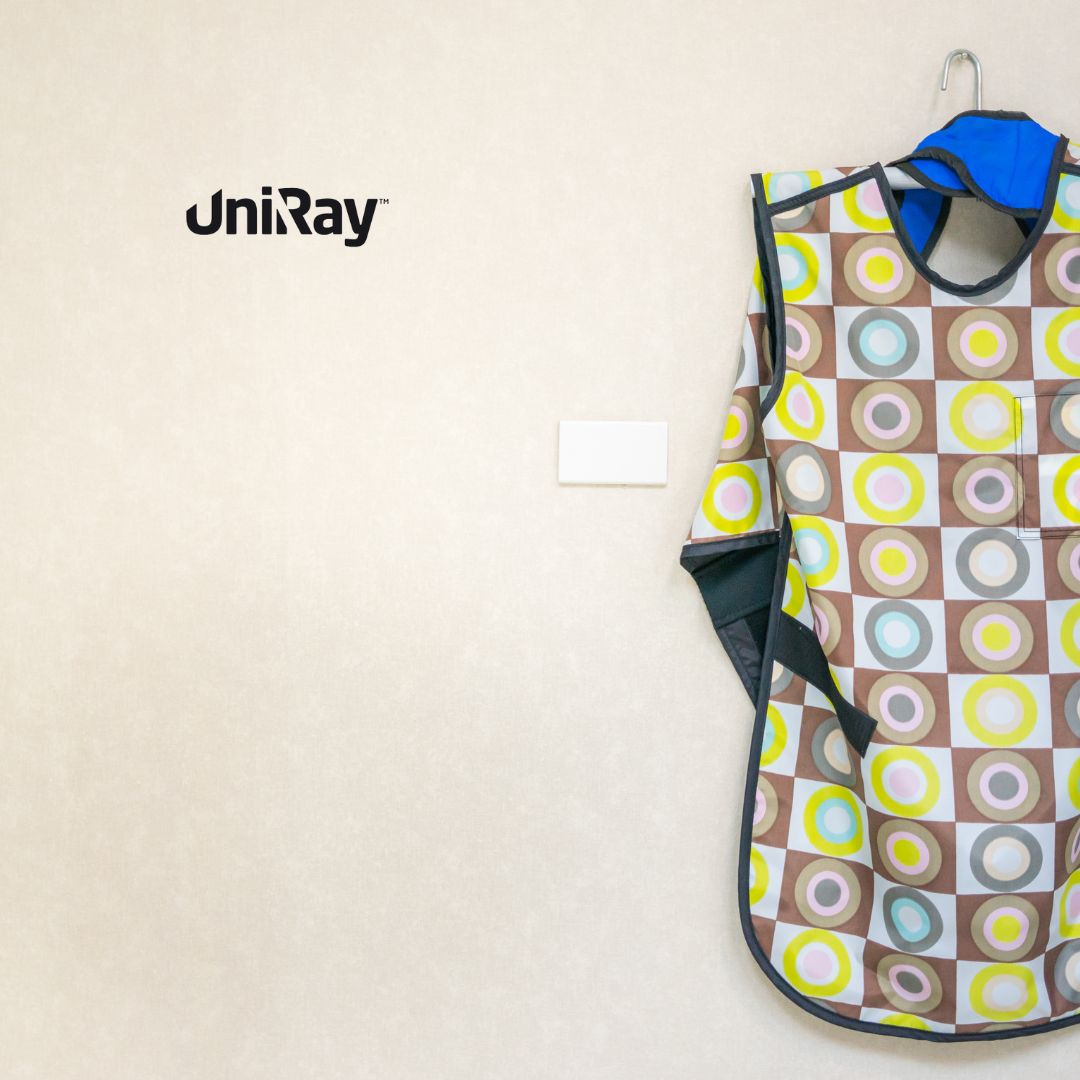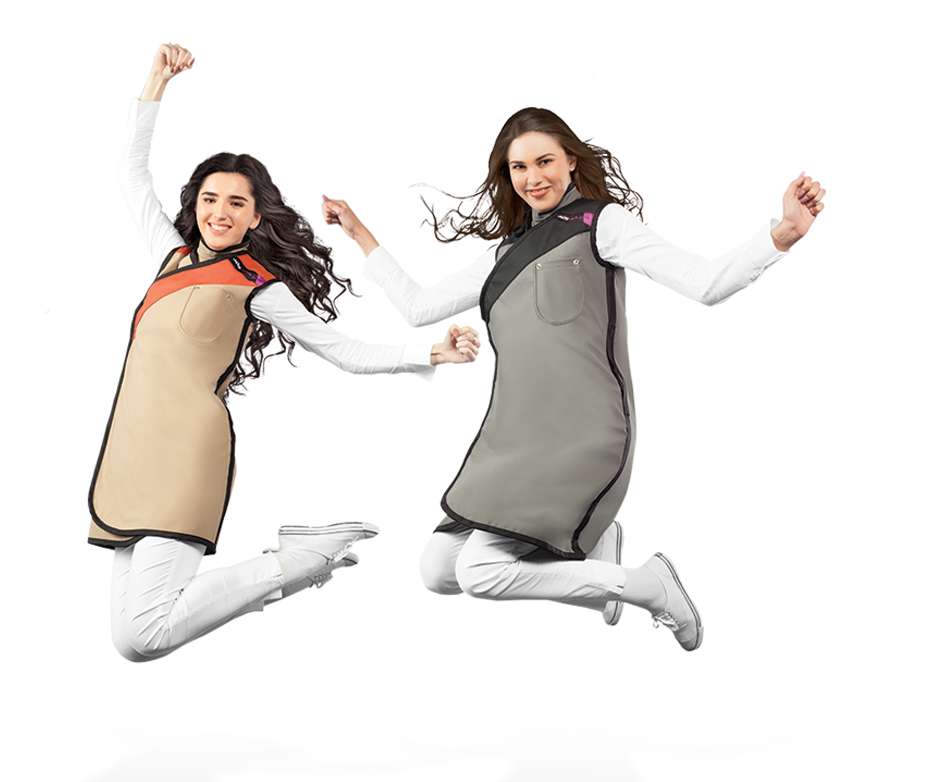When it comes to radiation protection, a common question among healthcare professionals is: how much does a lead apron weigh? Lead aprons are essential for protecting medical staff and patients from harmful radiation exposure, particularly in radiology and imaging environments. However, the weight of these aprons can vary widely based on the materials used, the level of protection needed, and the specific design. In this guide, we will explore the factors that impact lead apron weight, the benefits of lightweight lead aprons, and how to choose the right apron for both comfort and safety.
Understanding Lead Apron Weight
Traditionally, lead aprons were quite heavy, often weighing between 10 to 20 pounds, depending on their size, thickness, and lead content. The primary purpose of these aprons is to provide a barrier that absorbs radiation, thereby reducing exposure to the wearer. The weight of a lead apron depends heavily on the amount of lead in the apron, as well as its thickness. The standard measurement for radiation shielding materials is in millimeters of lead equivalency (mm Pb), with typical aprons offering a protection range of 0.25 mm Pb to 0.5 mm Pb.
How Much Does a Standard Lead Apron Weigh?
A standard lead apron with 0.5 mm Pb equivalency usually weighs around 15 pounds. This weight can vary slightly depending on the design and size of the apron, as well as additional features like shoulder padding or added front or back panels for extended protection. Aprons with a lower lead equivalency, such as 0.25 mm Pb, generally weigh less, typically around 7 to 10 pounds. However, while these lighter aprons reduce weight, they may not provide as much protection as the heavier, higher-equivalency options. The challenge lies in balancing protection with comfort, especially for professionals who wear lead aprons for long periods.
Lightweight Lead Aprons: A Revolution in Comfort
 With advances in material science, lightweight lead aprons are now available, and they’re becoming increasingly popular in the medical field. Lightweight lead aprons use a combination of lead and other radiation-shielding materials, such as barium or antimony, to provide effective protection without the bulk. Many of these aprons weigh as little as 5 to 10 pounds while still offering a similar level of protection to their traditional counterparts. This reduction in weight is a significant improvement, particularly for radiology technicians, surgeons, and other medical professionals who may need to wear protective aprons for hours.
With advances in material science, lightweight lead aprons are now available, and they’re becoming increasingly popular in the medical field. Lightweight lead aprons use a combination of lead and other radiation-shielding materials, such as barium or antimony, to provide effective protection without the bulk. Many of these aprons weigh as little as 5 to 10 pounds while still offering a similar level of protection to their traditional counterparts. This reduction in weight is a significant improvement, particularly for radiology technicians, surgeons, and other medical professionals who may need to wear protective aprons for hours.
Materials that Influence Lead Apron Weight
The primary factor influencing the weight of a lead apron is the type of material used. Traditionally, lead was the sole component used in radiation shielding because of its density and effectiveness in absorbing X-rays. Today, lightweight lead aprons often incorporate a blend of materials, including:
- Lead-Composite Materials: Some aprons use a composite of lead and other metals like antimony and barium. This blend allows for a lighter apron without sacrificing protection.
- Lead-Free Aprons: Completely lead-free aprons are now available, made with non-lead materials like barium, tungsten, and other metals. While these aprons are generally lighter, they can sometimes be more expensive.
- Lead-Reduced Aprons: These aprons contain less lead but include other heavy metals to maintain protective effectiveness, resulting in a lightweight yet effective option.
The material composition affects not only the weight but also the flexibility and comfort of the apron, which is important for reducing fatigue and strain.
How Much Does a Lead Vest Weigh?
A lead vest, which covers only the torso, is generally lighter than a full lead apron. Lead vests typically weigh between 5 to 12 pounds, depending on the level of protection provided. They are often used in conjunction with a lead skirt to offer full-body protection without the weight of a full apron. This two-piece setup allows for more flexibility and distributes the weight more evenly across the body, making it a popular choice for those who need to wear radiation protection for extended periods.

Advantages of Lightweight Lead Aprons
- Reduced Physical Strain: Lightweight aprons put less strain on the back and shoulders, making it easier for medical professionals to wear them for longer periods without discomfort or injury.
- Enhanced Mobility: Lighter aprons allow for greater movement, which is especially beneficial in surgical and interventional radiology settings where mobility is critical.
- Improved Comfort: Many lightweight aprons come with added ergonomic features, such as shoulder padding and adjustable straps, which enhance comfort further.
- Increased Compliance: When aprons are more comfortable to wear, healthcare providers are more likely to use them consistently, ensuring better protection.
How to Choose the Right Lead Apron for Your Needs
When selecting a lead apron, it’s essential to consider both the weight and the level of protection it provides. Here are some tips for choosing the right apron:
- Assess Your Radiation Exposure Level: Higher radiation areas may require aprons with 0.5 mm Pb equivalency, even if it means a heavier apron. Lower exposure levels can often be managed with a 0.25 mm Pb apron, which is lighter.
- Consider Your Work Duration and Tasks: If you need to wear an apron for long periods, a lightweight option may be preferable, even if it has a slightly lower lead equivalency.
- Choose Ergonomic Designs: Look for aprons with features like shoulder pads, stretch panels, and adjustable belts, which can improve comfort and reduce strain.
- Look for Certifications and Quality Marks: Ensure the apron meets standard radiation protection guidelines, such as those set by the National Council on Radiation Protection and Measurements (NCRP).
Maintaining Lightweight Lead Aprons
Proper care and maintenance can extend the life of your lead apron and ensure that it continues to offer effective protection. Here are some maintenance tips:
- Inspect Regularly: Check for cracks or tears in the material, as these can reduce the apron’s effectiveness. Regularly inspect aprons for any signs of wear.
- Store Properly: Hang lead aprons on designated racks to prevent creasing and damage to the protective material.
- Clean Carefully: Follow the manufacturer’s guidelines for cleaning, as harsh chemicals or improper cleaning methods can damage the protective layer.
How Much Do Radiology Gowns Weigh?
Radiology gowns are another form of radiation protection, typically lighter than full lead aprons. They are often used for patient protection and can weigh anywhere from 1 to 5 pounds, depending on their size and lead equivalency. Radiology gowns offer a lightweight alternative for specific applications but may not provide as comprehensive protection as a lead apron.
Innovations in Lead Apron Design
The demand for lightweight lead aprons has driven numerous innovations, including the development of more ergonomic designs and advanced materials. Today, many companies are producing aprons that balance weight reduction with high levels of protection, making it easier for medical professionals to perform their duties safely and comfortably. Some new designs feature modular options, such as detachable skirts and vests, allowing users to customize their aprons based on their protection needs and comfort preferences.
Conclusion: Why Lightweight Lead Aprons Matter
In conclusion, how much a lead apron weighs is a critical consideration for anyone working in environments with radiation exposure. Traditional lead aprons, while effective, can be cumbersome and uncomfortable, leading to physical strain over time. Fortunately, lightweight lead aprons offer a solution, providing the necessary protection with a significant reduction in weight. These aprons use advanced materials and designs to ensure that healthcare professionals can perform their tasks comfortably and safely. When choosing a lead apron, it’s essential to consider both protection levels and weight, as well as features that improve comfort. With the right lightweight lead apron, medical professionals can reduce their exposure to radiation without compromising their comfort, mobility, or overall well-being.